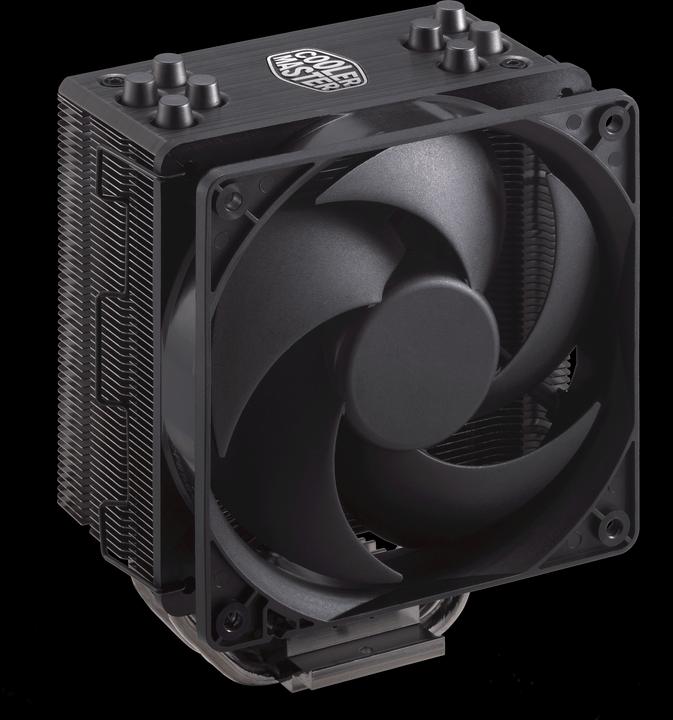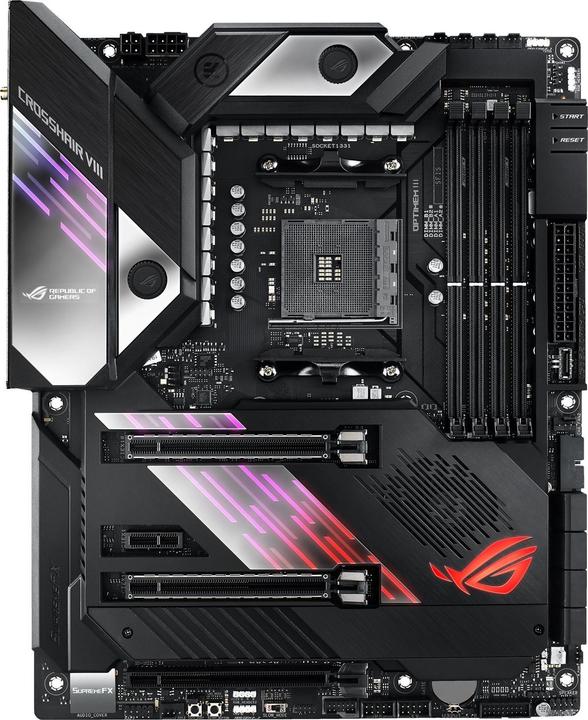

Fan comparison: Is AMD's stock cooler really "slurry?"
If you buy a 3rd generation Ryzen processor, most models come with a CPU fan. So-called stock coolers have a bad reputation. Justifiably so?
I am repeatedly criticised for using the AMD Wraith Prism cooler in my reviews:
However, I would replace the Wraith Prism immediately. It's no good at all. Better put something clever from Noctua on it, or an AIO Wakü.
80 degrees with the CPU? You probably need a better fan :)
Here's my favourite comment:
... the standard radiator is really rubbish.
Slurry? Is it really that bad?
Wraith Prism vs. Noctua, Be Quiet, Cooler Master and Corsair
I'm getting three single-tower coolers: the Hyper 212 Black Edition from Cooler Master, the Pure Rock from Be Quiet and the Noctua NH-U12A.
As a bonus and reference value, I use the Corsair AIO water cooling system, which I usually use for graphics card tests.
I deliberately opt for single-tower rather than top-down coolers - like the Wraith Prism is - so that the stock cooler has a real challenge. The tower fans have the advantage that they each have a 120 millimetre fan on them compared to the 90 millimetres on the AMD fan. The Noctua comes with two fans. To make the comparison fair, I only fit one. PC Games Hardware has already tested the advantages and disadvantages of top blowers compared to tower coolers.

The test methodology
I run the tests on our testbench. I want to measure the pure cooling performance for the CPU independently of the airflow of a housing. I use Kryonaut from Thermal Grizzly so that all coolers have the same requirements in terms of thermal compound.
Here are the components of our testbench:
I select the standard profile in the bios as the fan profile. I start the "Processor load" process in Heavy Load - a stress test for computers. This loads all CPU cores to 100 per cent capacity. I let the test run for 20 minutes and use the Core Temp programme to record the average CPU temperatures of all cores and clock frequencies.
Once the temperature has stabilised, I use my dB meter to measure the noise emission of the coolers from a distance of ten centimetres.
The results
Yes, the stock cooler is definitely not that bad, but see for yourself:

If you look at the results, the Wraith Prism is anything but "slurry". It is more or less on a par with the coolers from Be Quiet and Cooler Master. Only the Noctua is able to distance itself more clearly from the stock cooler. The Corsair AIO is far ahead. To be fair, I have to say that I only tested the Noctua tower with one fan. The difference to the AIO - whose radiator is cooled by two fans - would probably be smaller with two fans.
The picture is similar for the clock frequencies. The cooler the temperatures, the higher the clock frequency. However, the difference is only slightly more than one per cent at most.
The noise emissions are somewhat different: At 55 dB, the stock cooler is clearly louder than the competition and is clearly audible. Of the air coolers, the Noctua again performs best: Ten dB less can be heard from these fans. This is followed by the Cooler Master with 47 dB and the Be Quiet with 48 dB. The AIO is the quietest: the two fans produce 42 dB.

Don't look a gift horse in the mouth
In terms of cooling performance, the Wraith Prism performs similarly well to fans costing between 40 and 50 francs. The Noctua cools better, but costs significantly more at more than 100 francs. The same applies to the AIO.
Of course, replacing the stock cooler can have advantages for end users. The stock cooler is very loud under load. In addition, I only measured the cooling performance of the CPU on a test bench. It could look very different in a case. Nevertheless, the cooler comes free with the Ryzen 3900X and it delivers decent cooling values. There's nothing to complain about.
Would you like a comparison test of the five coolers in one case with further temperature measurements of RAM and co. Then write it in the comments column. <p
From big data to big brother, Cyborgs to Sci-Fi. All aspects of technology and society fascinate me.









